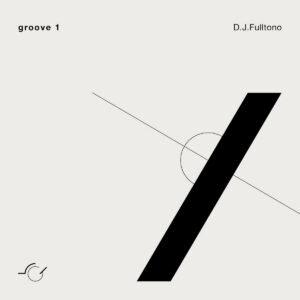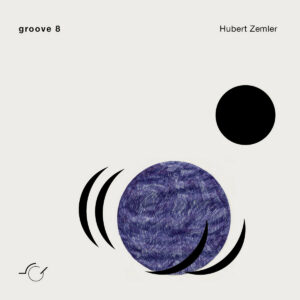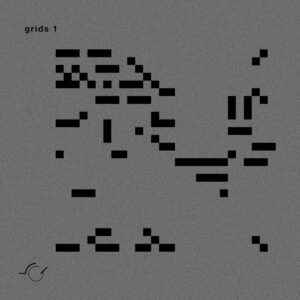outlines: possible footwork futures
How do you progress a genre without losing its essence? Polish experimental footwork label outlines is trying to find out. Joseph Francis shines a light on their grooves series and primes us with some of the best entries from the likes of Jana Rush, DJ Girl and Renick Bell.
“When a highly repetitive and idiosyncratic culture gets well-known people start to talk about development – which is usually a bad sign,” wrote David Morris in his article on the global spread of footwork – a style of dance music from Chicago. It happened to dubstep in the early 2000s: the more elements that were added, the more the focus veered away from the sparse low frequencies that made it unique in the first place. So as an alternative, Morris argues that “the experience of something constantly reconfigured from within its own constraints is what makes such scenes so vital and exciting. In this way, they can be most radical when they stay small-c conservative – energetically guarding the old forms, steadily working them in new ways.”
And this is the basis of Polish footwork label outlines run by Pawel Dunajko, who in his own words describes it as “a searching label [which] starts with Chicago footwork and aims at new forms, outlines and intuitions.” The imprint launched with a series of cassette releases called “grooves”. For each side of the tape, producers put together nine minutes-worth of excursions focusing on just the bare bones of footwork: 160 BPM, throbbing basslines and scatty percussion. As the series has progressed from groove 1 up to groove 12, it’s grown more experimental, carefully testing footwork’s boundaries.
Pushing boundaries is in footwork’s nature. What is now also referred to as a style of dance music was originally just a fast-paced dance that was used to soundtrack footwork battles (dance-offs). Dancers-turned-producers would deliberately make their music challenging so they had an advantage over their opposition. A heavily syncopated beat or one with unfamiliar samples could throw someone off and help secure a win. So a culture of rewriting the rulebook is embedded in footwork’s history and has been championed by some of its Chicago pioneers: DJ Rashad smoothed out the genre’s hard edges with soulful touches, which you can hear on his posthumous album Double Cup; Jana Rush’s Painful Enlightenment is an audio diary on living with depression and anxiety using footwork’s frantic template; and Jlin folded in some of the genre’s panicked tone and spartan percussion into her experimental compositions for Black Origami.
So when you’re listening to outlines’ back catalogue and reach groove 11 – which appears to have barely a morsel of similarity to the sound of the Windy City – return to groove 1 and be reminded of footwork’s propulsive sub bass before then moving onto groove 6 and 8 to hear its catchy samples and bouncing basslines. In this way, outlines stays small-c conservative, patiently tracing footwork’s borders and looking for fresh space to work within them.

DJ Fulltono’s B-side captures the unrelenting swell of footwork’s basslines, softly complemented by a sway of hi-hats and claps. There’s not much else – which leaves ample room for the imagination to take over.

Zemler’s A-side cut shows the lightweight side of footwork. Buoyant bass pulses sound like they’d be fit for a Bmore tune while claps make the mood almost jovial. This is similar to classic RP Boo tunes like “Baby Come On” or “Bangin on King’s Drive”.

Rush ditches the nine-minute-long format per side and splits her cassette into nine tracks more in keeping with the tradition of footwork producers banging out lots of short tracks before a battle. “WTF Iz Going On” is my pick because of the way it dives in with a catchy whistle sample. It shares a lightness with Zemler’s groove 8 but it’s more minimal and subtle – the syncopation hidden in its juggling bassline rather than its drums.

“Spirityus” by Detroit-born, Austin-based producer DJ GIRL is part of outlines’ first compilation grids, where outlines starts to imagine possible paths that footwork could go down. DJ GIRL runs Eat Dis label which is fast becoming a hub for producers making mangled hybrids of electro, Bmore club, Jersey club, footwork and techno. DJ GIRL leads by example on “spirityus” fluidly moving between upright techno kick drums and gristly electro synths.

Renick Bell – 11.3
Although not the last in the groove series, Renick Bell’s groove 11 feels like the furthest the boundaries could be pushed. Using algorithms to make complex, polyrhythmic compositions at the usual 160BPM pace, groove 11.3 is more like Safa’s experimental IDM track “Supranomadic” (from his recent album Ibtihalat) than footwork. But unlike that song, Bell crucially leaves space for a repetitive pattern to appear, akin to the genre’s fraught nature.